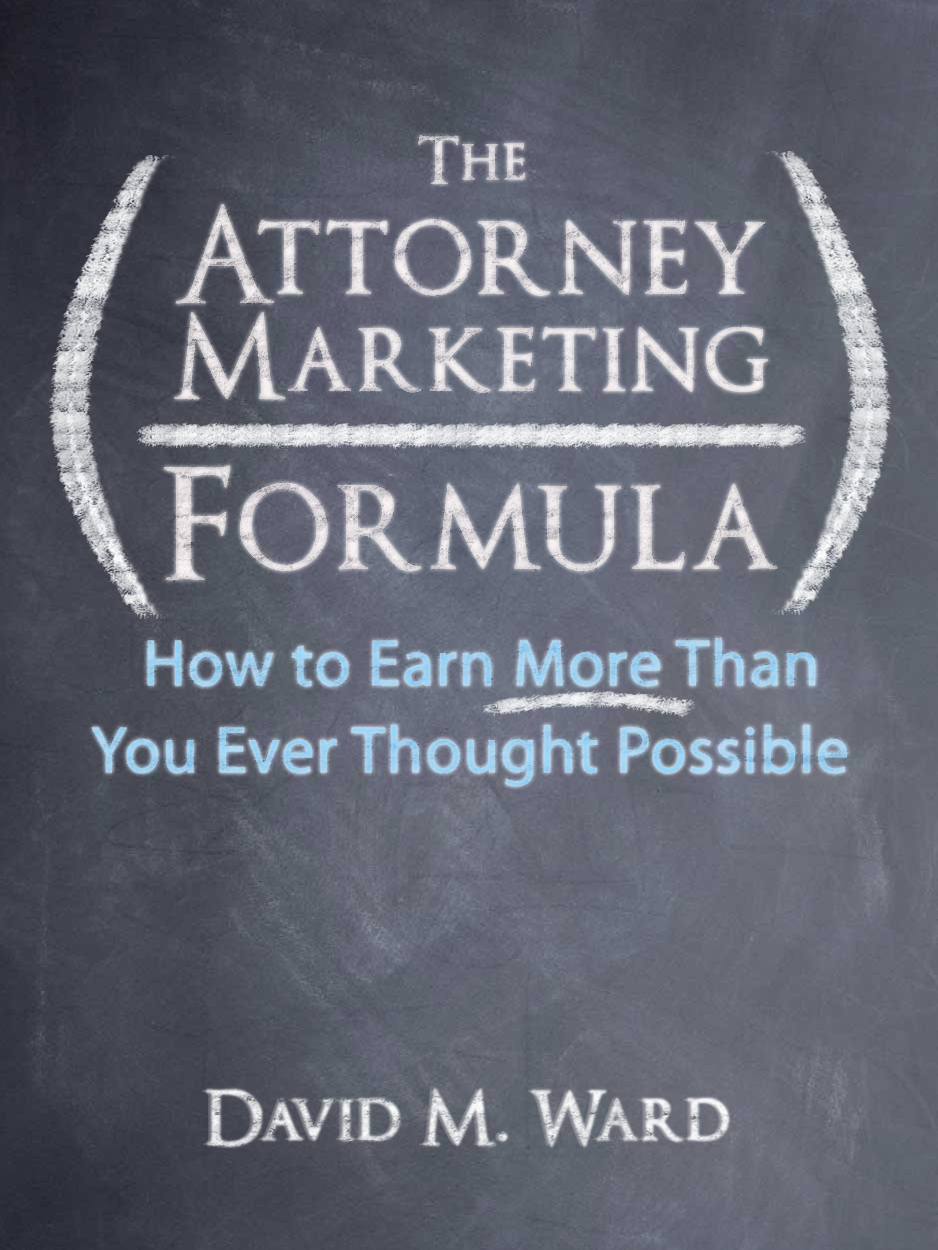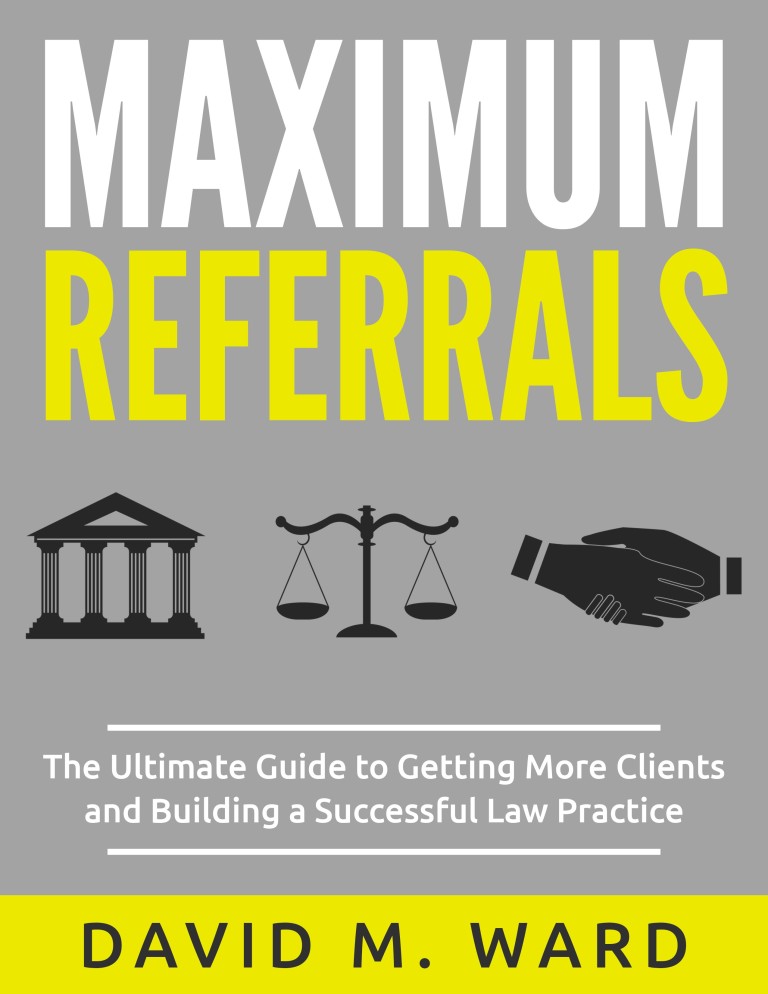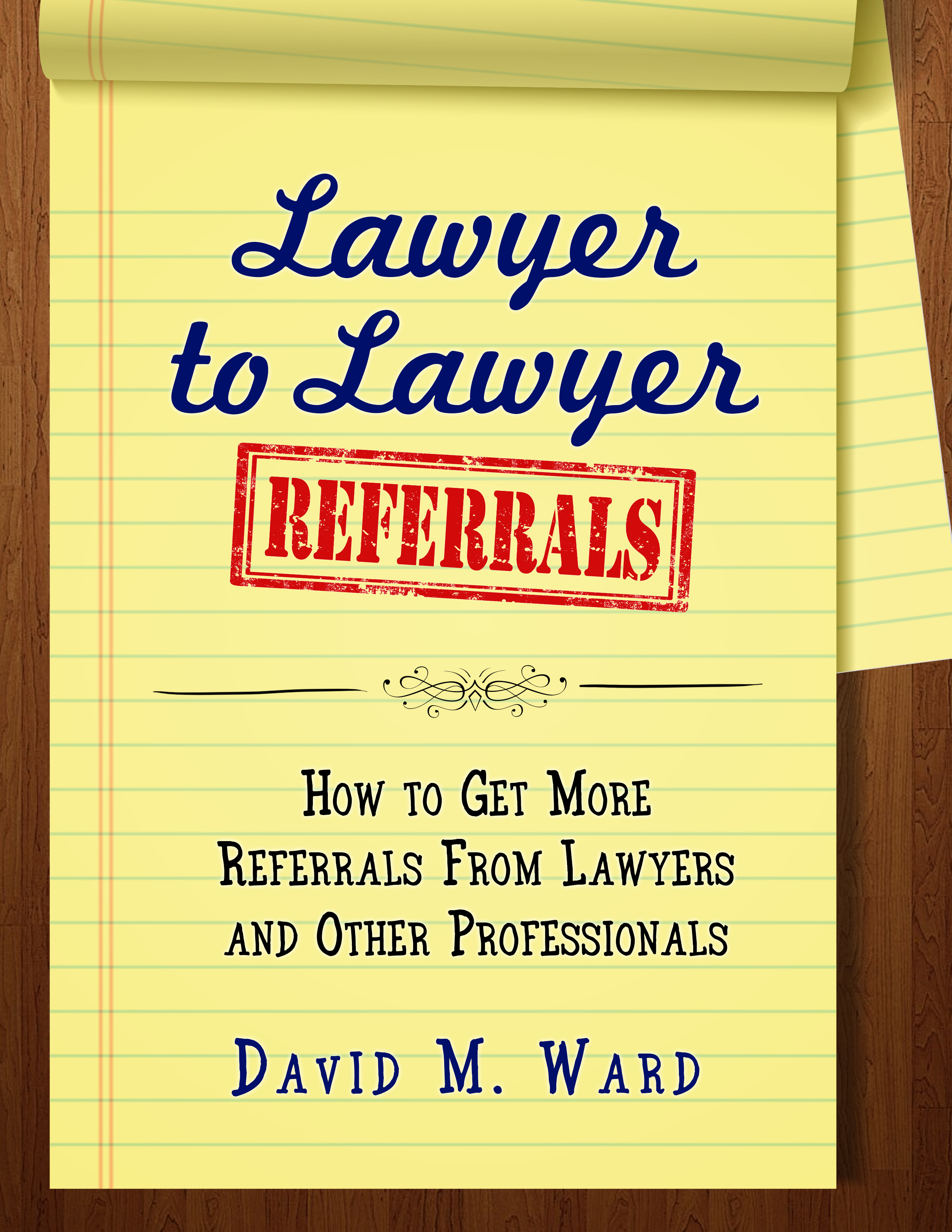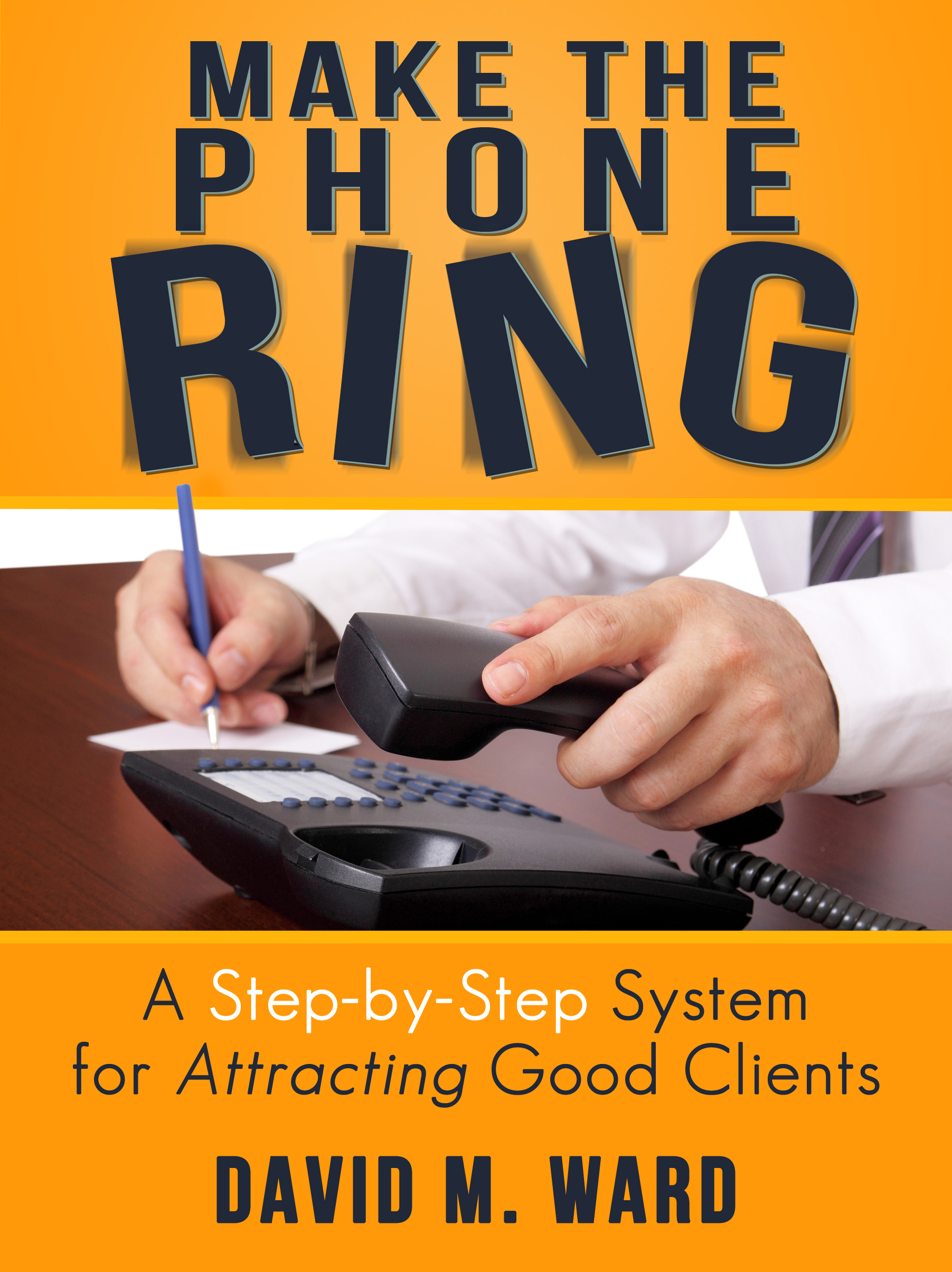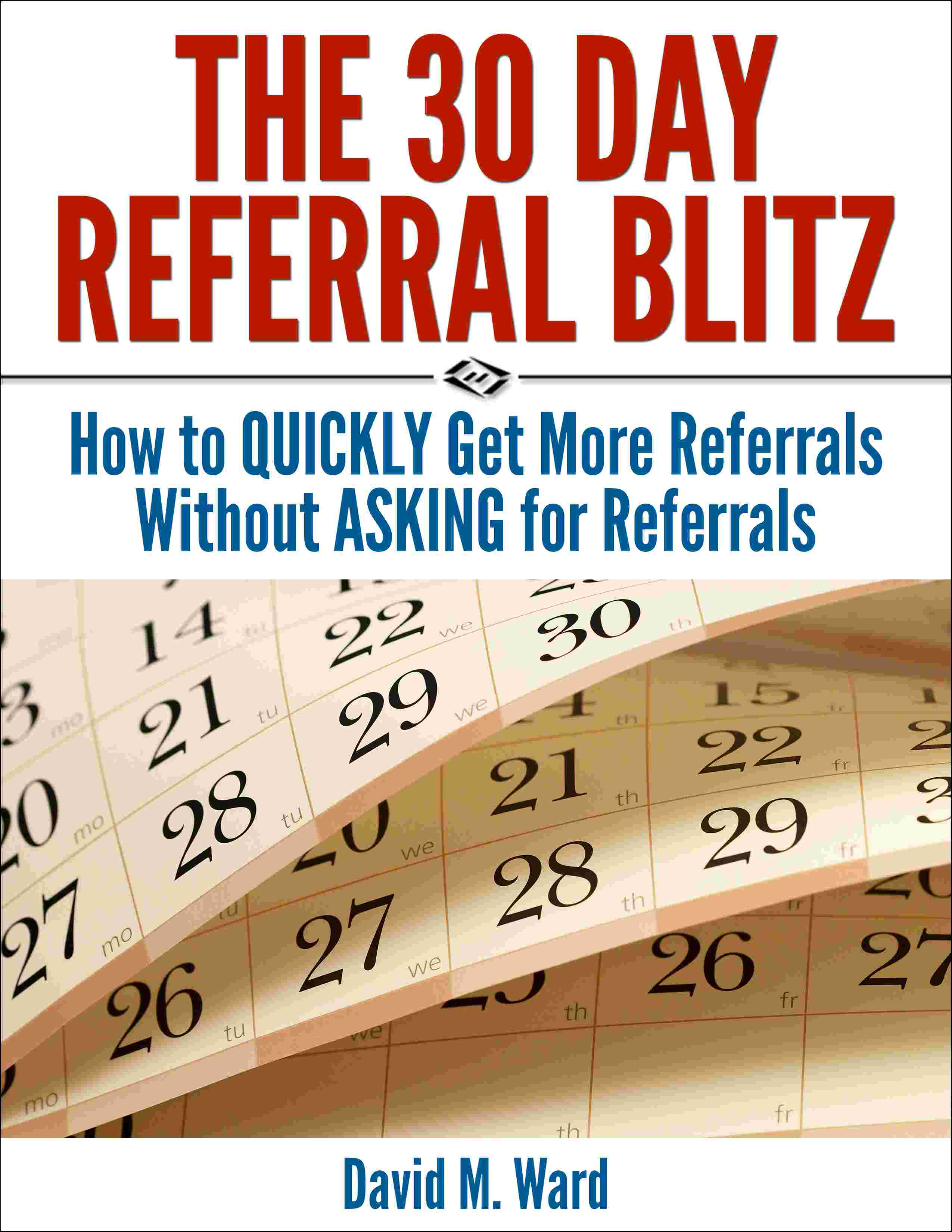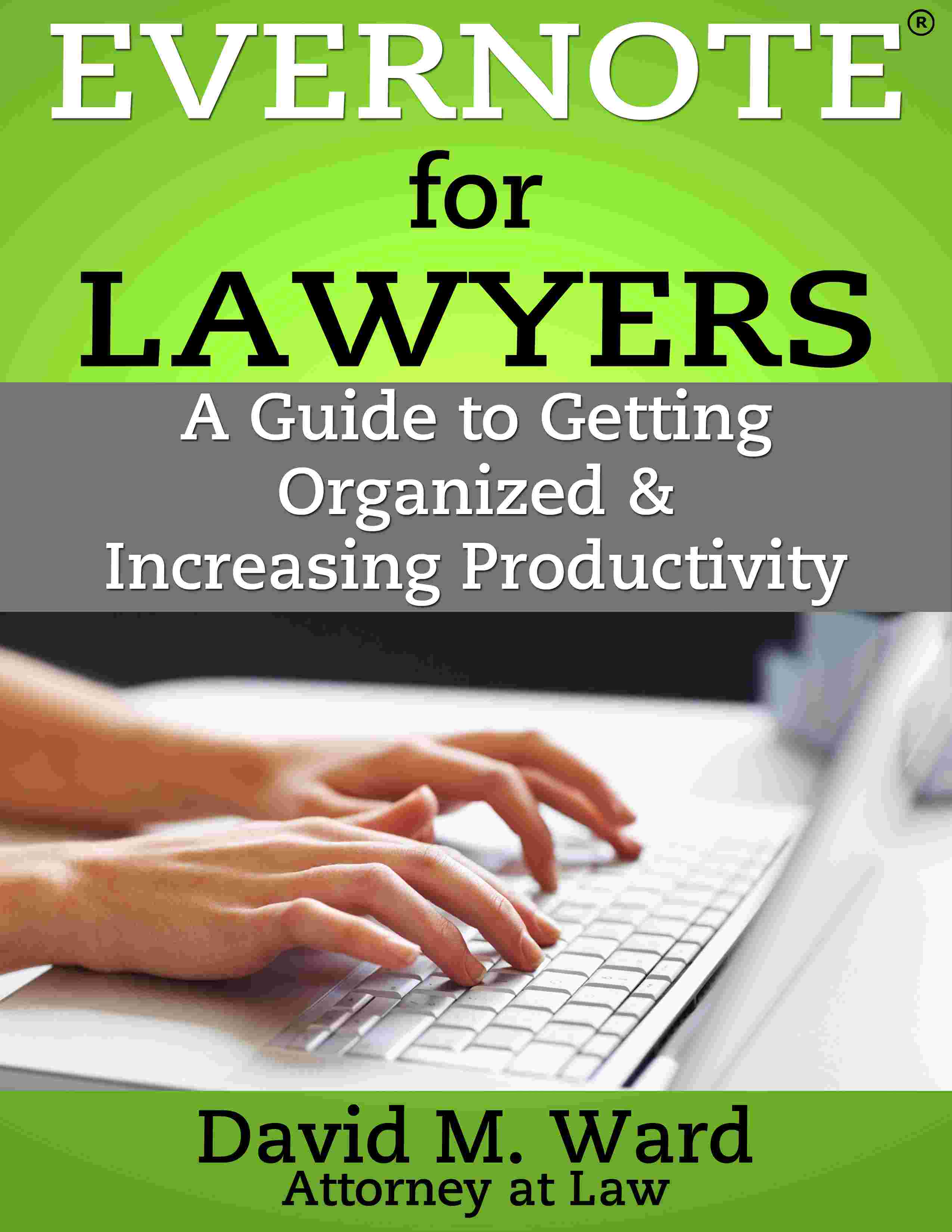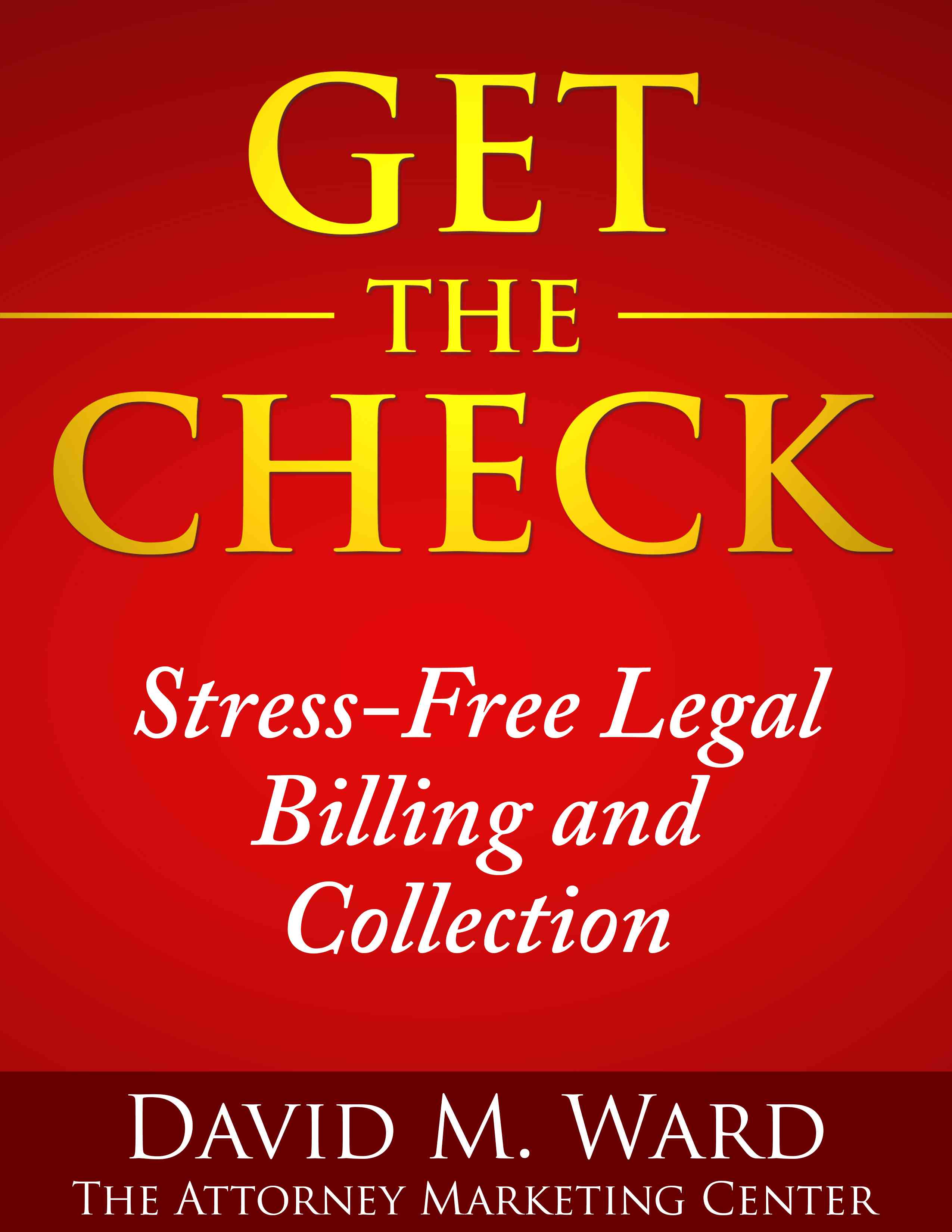There are a lot of ways to grow your practice. Most involve improving and expanding what you’re already doing.
Things like:
- Improving your SEO
- Getting more sign-ups for your seminars
- Getting more subscribers for your newsletter
- Creating better content or ads
- Learning how to better use LinkedIn (etc.)
- Converting more leads and prospects to clients
- Getting more repeat business and referrals
- Promoting your podcast, blog, newsletter, or channel
- Getting more social media followers
- Improving your networking or speaking skills
- And so on
These are all worth considering. Each can help you grow your practice. But that growth is unlikely to be more than “incremental,” meaning single digit.
That’s not bad, especially if you continue to do them and allow your results to compound. But if you’re looking to do something bigger or quicker, such as doubling or tripling your revenue this year, you should focus on strategies that can create that kind of result.
One of the best, most leveraged methods for doing that is setting up strategic alliances with other professionals and businesses that sell to or serve your target markets.
In short, you form a relationship with another lawyer or business professional, they endorse or recommend you and your services to their customers or clients, subscribers or followers, and you do the same for them.
Because their clients trust them, their recommendations can quickly result in a large number of new clients for you. You don’t have to invest a lot of time or create new infrastructure. Your job is to identify suitable candidates, connect with them and propose an alliance.
To start, that alliance can be as simple as mentioning each other’s upcoming event or recommending each other’s blog or podcast. As you get to know each other better, this might evolve into full-throated endorsements and referrals.
You don’t need dozens of strategic alliances partners to make this a very profitable undertaking for you; you only need a few.
To learn how to do this, see my course on Lawyer-to-Lawyer Referrals

